Not everybody needs a car, especially with Singapore's great public transportation. On the other hand, a vehicle is very enticing and incredibly convenient. Unfortunately, getting a car in Singapore is quite expensive. Unless you have been seriously saving for years on end, most people will need to apply for a car loan. The bank or lender evaluates your ability to repay the loan before they approve or deny your loan application. This is known as “capacity.” Here are 8 things that banks look for in your car loan application.

Kittisak Jirasittichai/shutterstock.com
1. Downpayment
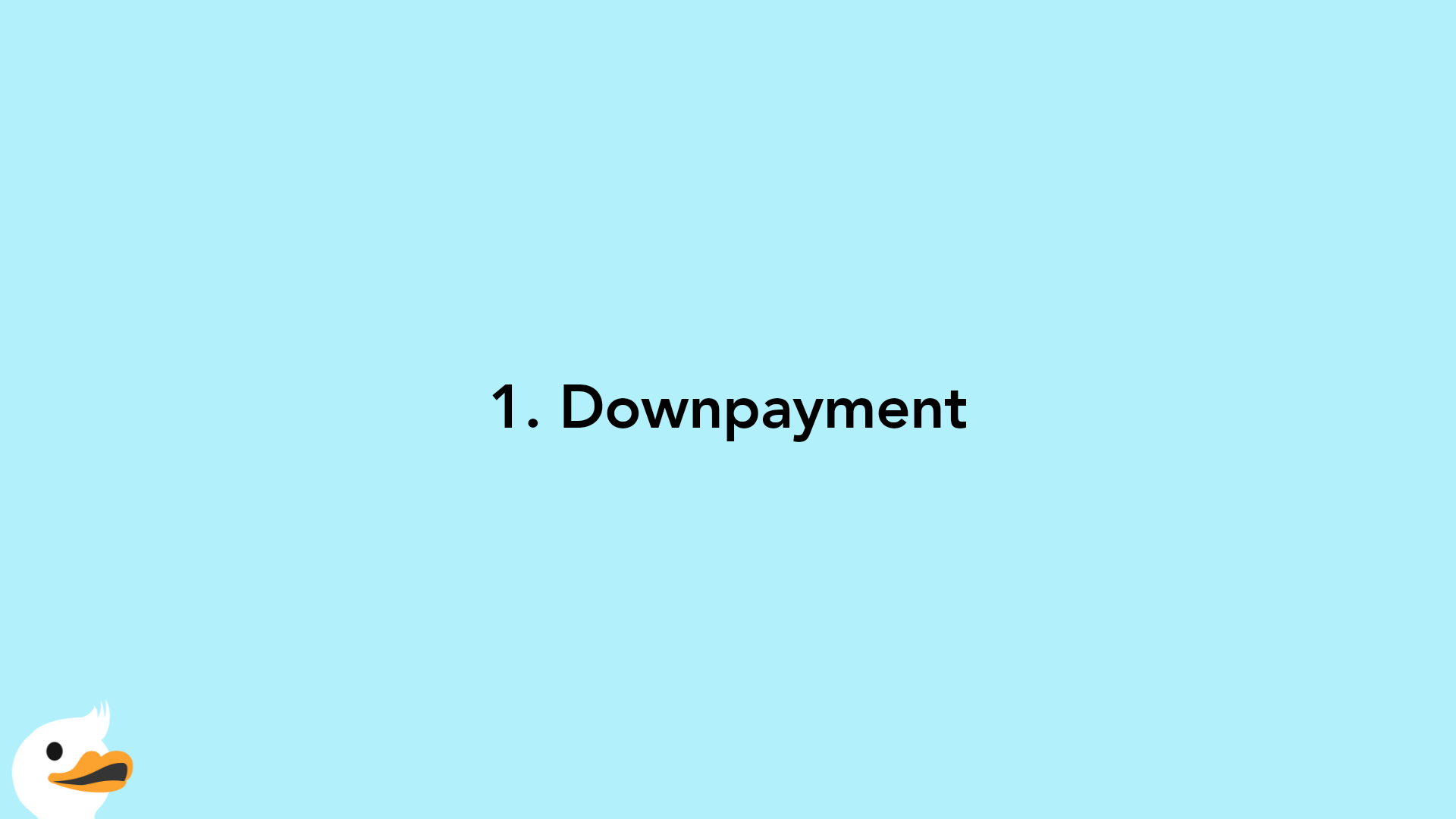
There are normally two different prices for a car. The Open Market Value or OMW is the price paid when the vehicle is imported into Singapore. This includes the purchase price, freight, insurance, and all other charges incidental to the sale and delivery of the car to Singapore.
The other price is the purchase price is how much you pay for it. For car loans, if the open market value of the car is less than or equal to S$20,000, you must have a 30% cash downpayment. If the open market value of the car is more than S$20,000, you must have a 40% cash downpayment. For used cars, the open market value will be adjusted in accordance with its age, which is known as “applicable OMW.”
In regards to a secured loan, the car itself is the collateral for your loan. Banks require a downpayment because the collateral, your car, rapidly depreciates. The downpayment gives the bank some money upfront and also demonstrates a responsible borrower, to a reasonable degree.
2. Number of Financial Commitments

Banks must consider your Total Debt Servicing Ratio or TDSR. This is an official regulation that means you can’t use more than 60% of your gross monthly income to repay loans. This is including your house payments or any other credit card bills you may need to pay.
Too many debts will eat away your regular income, making you a high-risk borrower. Unfortunately, individuals with variable income, such as self-employed people and freelancers, are deemed "riskier." As a result, 70% of their total assessed income is counted towards the TDSR.
3. Income Threshold
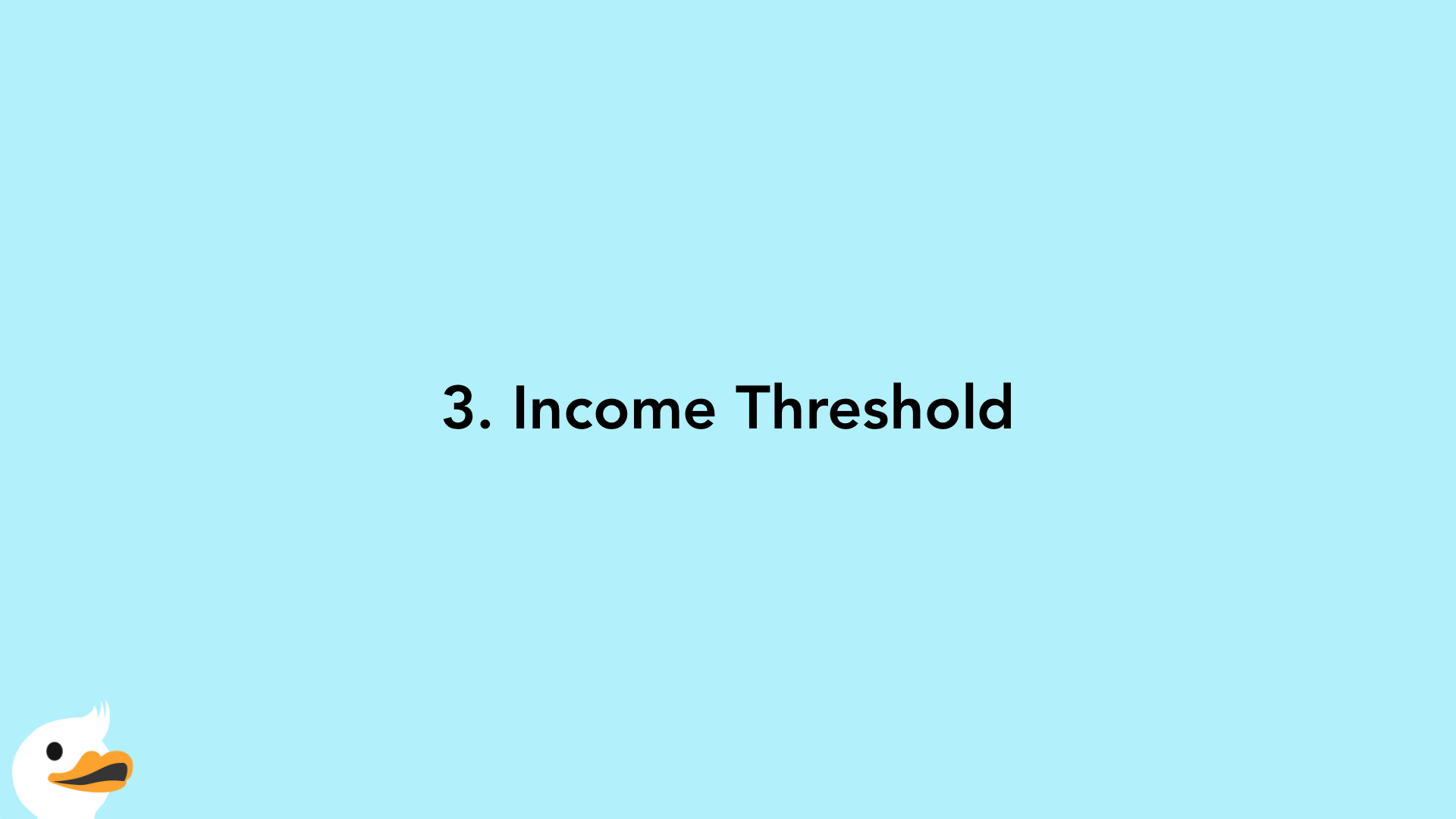
Some banks have internal standards and determine an income threshold. For example, a bank requires your monthly income to be 3 times your monthly installment. You should expect to prove your income to your lender with your most recent pay stub or copies of tax returns if you are self-employed.
4. Credit History

Your credit score can mean the difference between approval or denial of a loan. It is a letter grade generated by a mathematical algorithm using data from your credit report. It is designed to predict risk and how likely you will default on your credit obligations.
The best credit grade possible is AA. Grades of BB and CC indicate that you may have several delinquencies in your payments. Unfortunately, D grades and below means you have defaulted in the past. If you get a CX score, this means that you don’t have much credit activity. It will take time to build credit by using a credit card and paying off the statement balance in full and on time.
A few key factors that determine your credit score are past due accounts, length of your longest credit line, and your credit limit. Your credit history shows the lender all your current accounts, such as other car loans, mortgages, or any personal loans. One crucial thing a bank looks at is your repayment history. If you have any unpaid debts or late payments, your eligibility could be affected.
5. Employment History
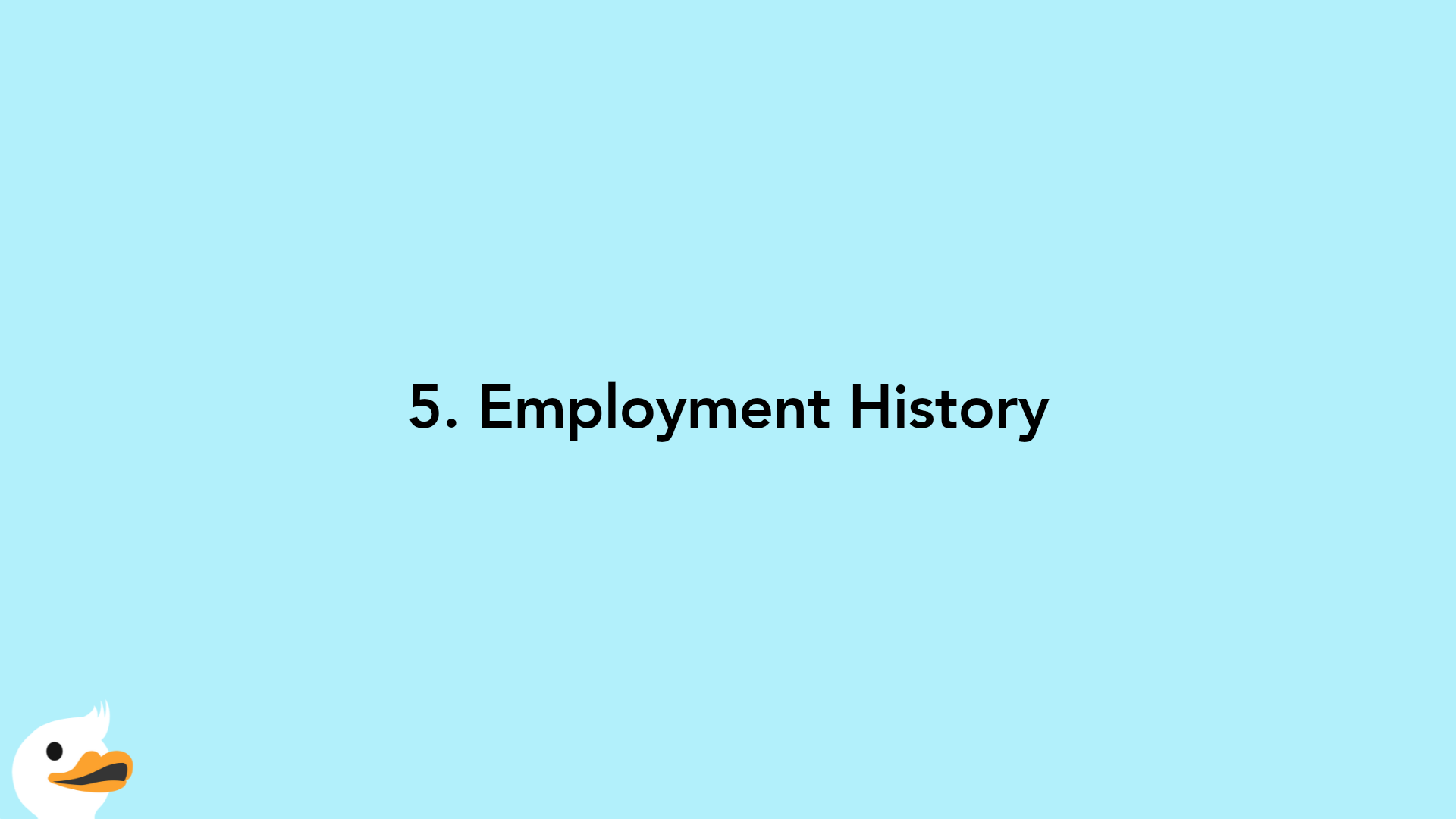
In addition to your annual earnings, banks want to see the length of time you’ve been employed. We discussed that you will need proof of income. However, banks also want to see at least two years of employment history, including the names of employers, positions, and income. If you just started a new job, banks will consider this if you have demonstrated a stable history prior to it.
6. Address History

Similar to employment history, banks also like to see a stable address history. Banks prefer people who don’t move around a lot, as it appears that they are not as reliable. Be prepared to show at least two years of address information. Similarly, if you just moved, banks will consider this f you have demonstrated a stable history prior to it.
7. Type of Car
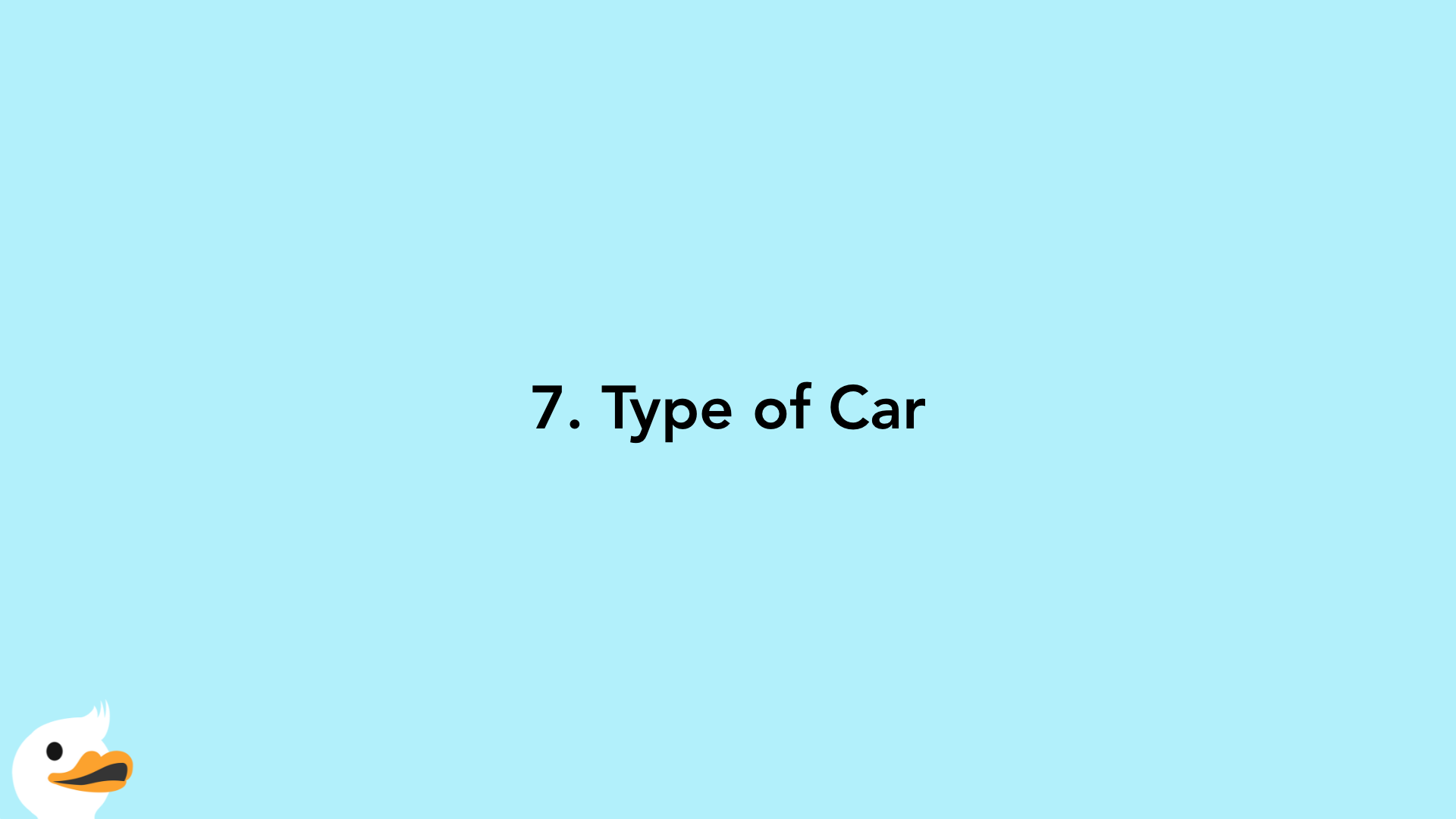
Car loans are usually only available for vehicles that are not more than 10 years old from the original date of registration. Another variable is how many miles are already on the odometer. Restrictions on what type of vehicle you can use the car loan to purchase vary by bank.
8. Relationship with the Bank

Never underestimate friendship. If you have been banking with a certain bank for a number of years, you have a higher chance of getting your loan approved. Banks value their old customers because they are familiar with their financial past. Remember, banks are a business. If you are banking with them already, they would prefer to keep the customers under the same roof. Why wouldn’t they want you to bank with them, use their credit card, and borrow from them?!
Final Thoughts

Banks have full discretion as to who they lend money to. Because loans require a history of sound financial decisions, it is best to start planning years in advance. This means staying at the same job, living at the same address, and consistently paying off your credit card balance on time and in full to build a strong credit profile, all while saving for a downpayment. Getting approved is not impossible, but takes time and preparation.






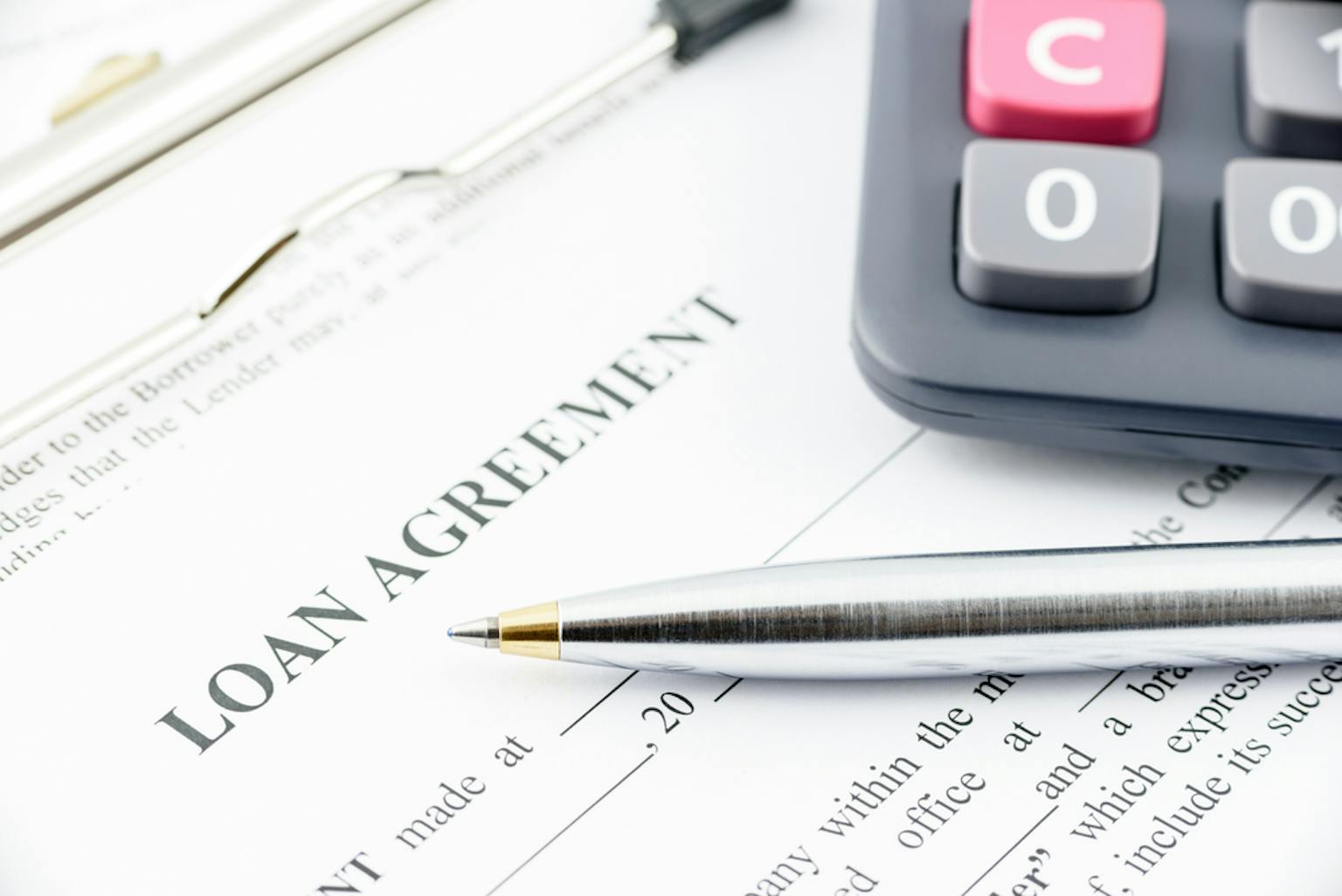

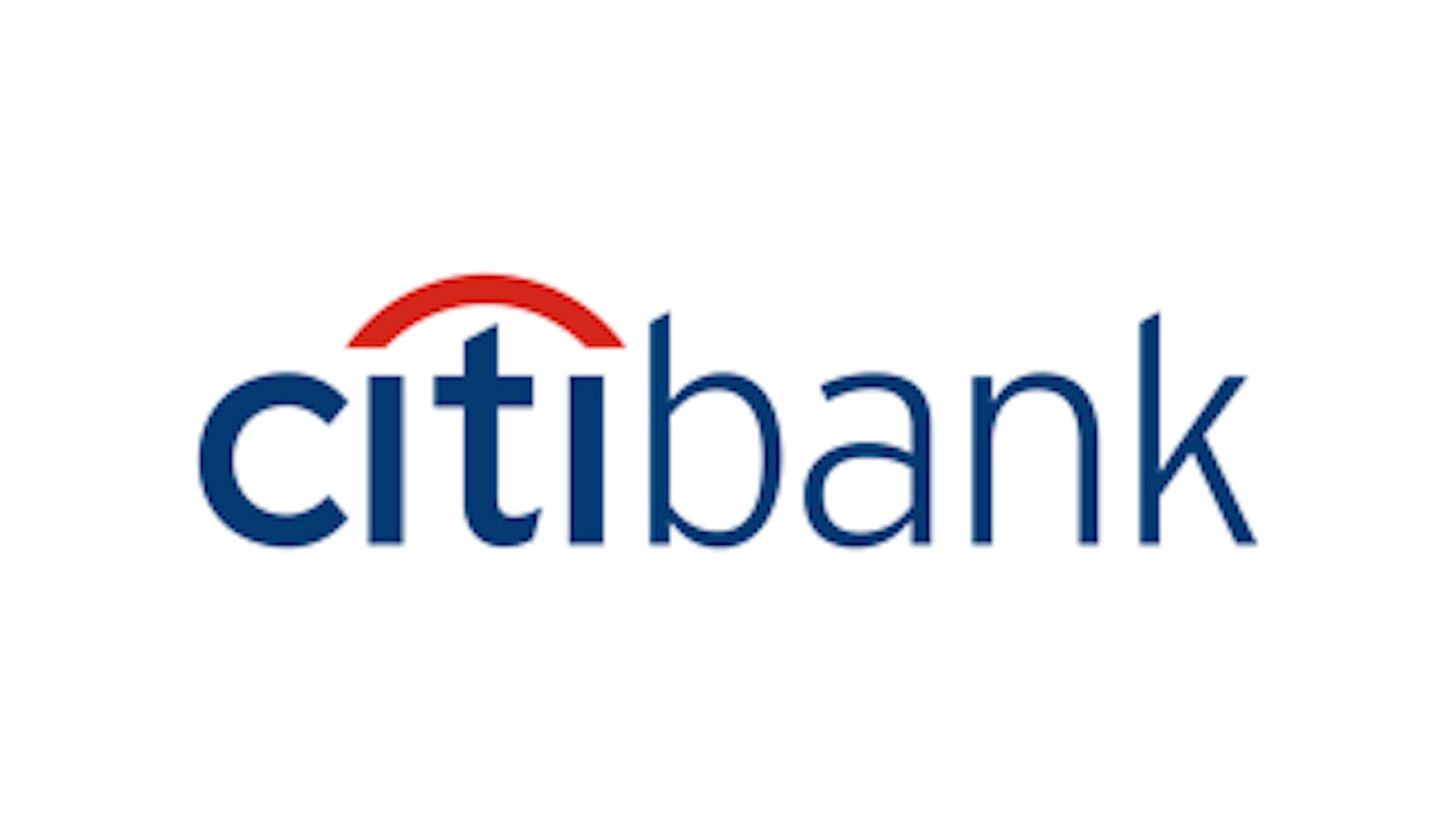
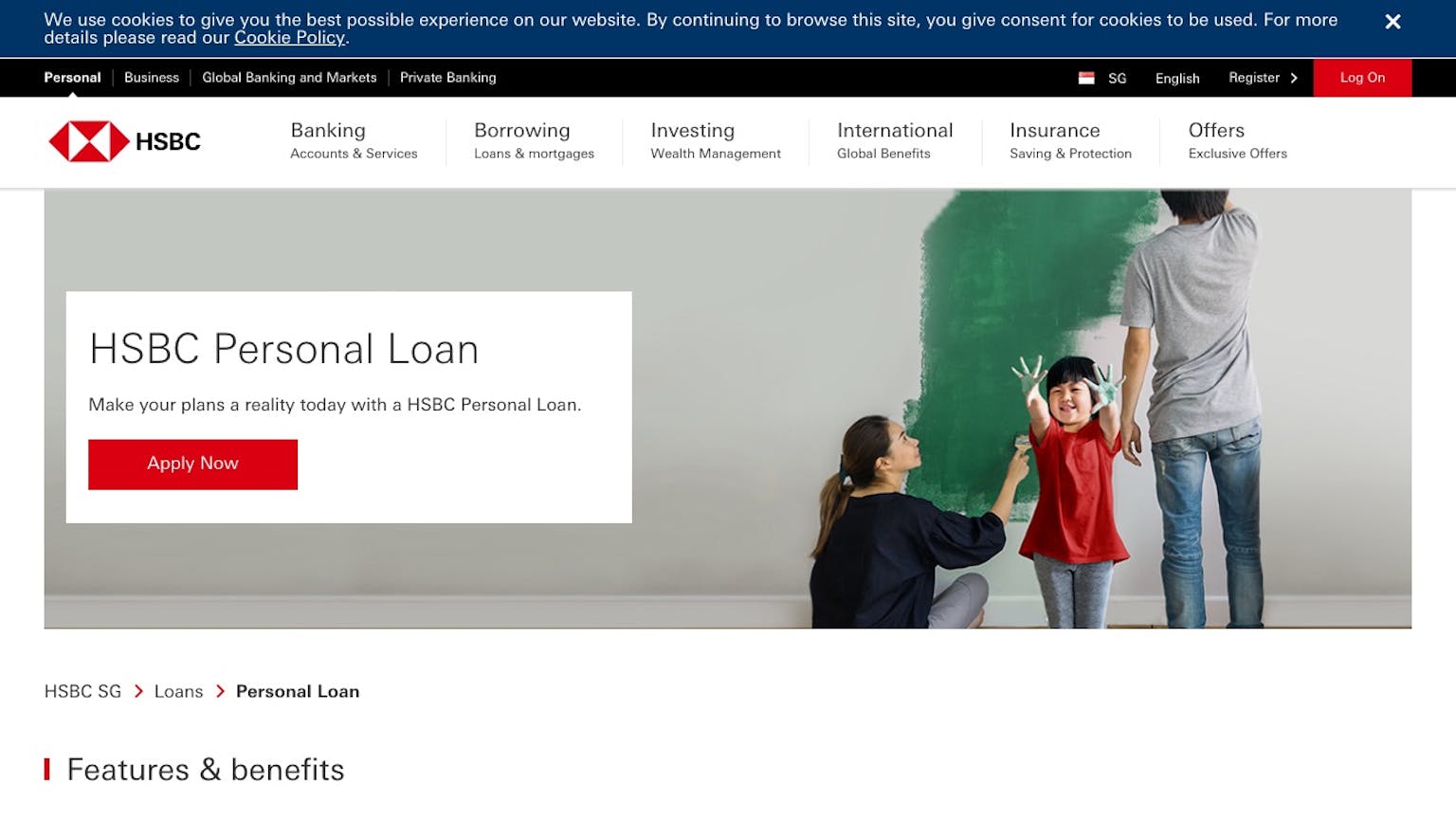
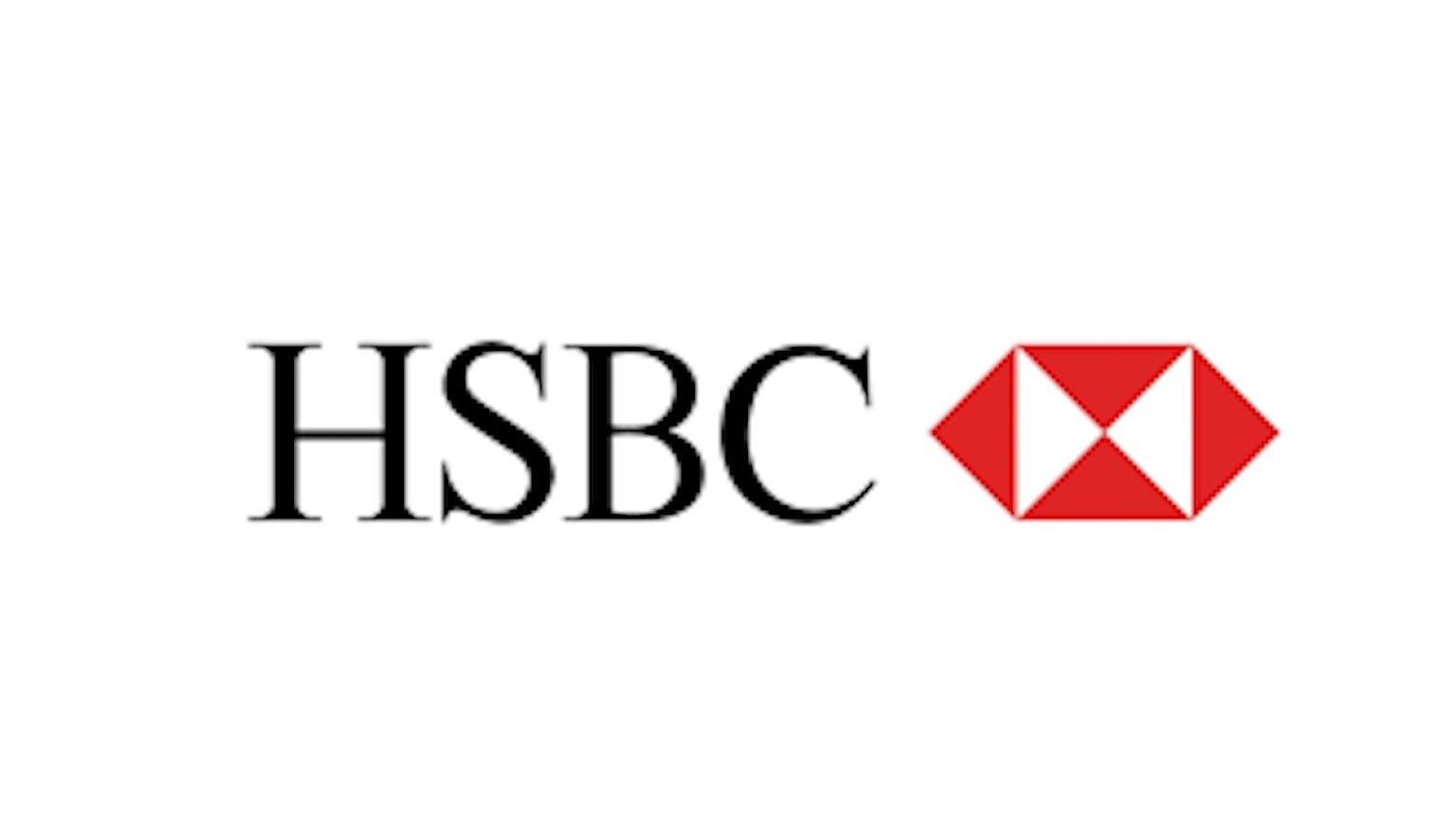

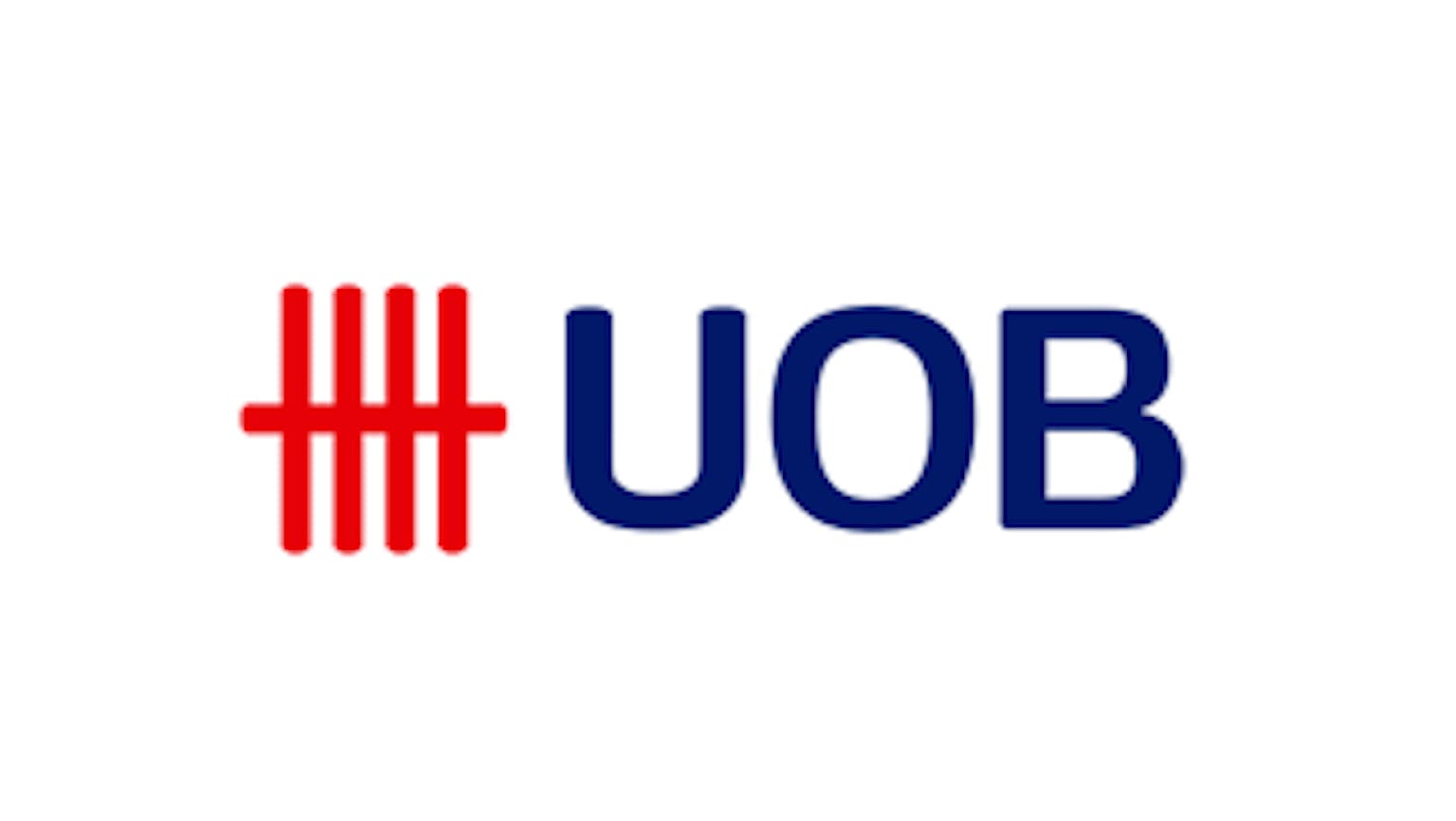
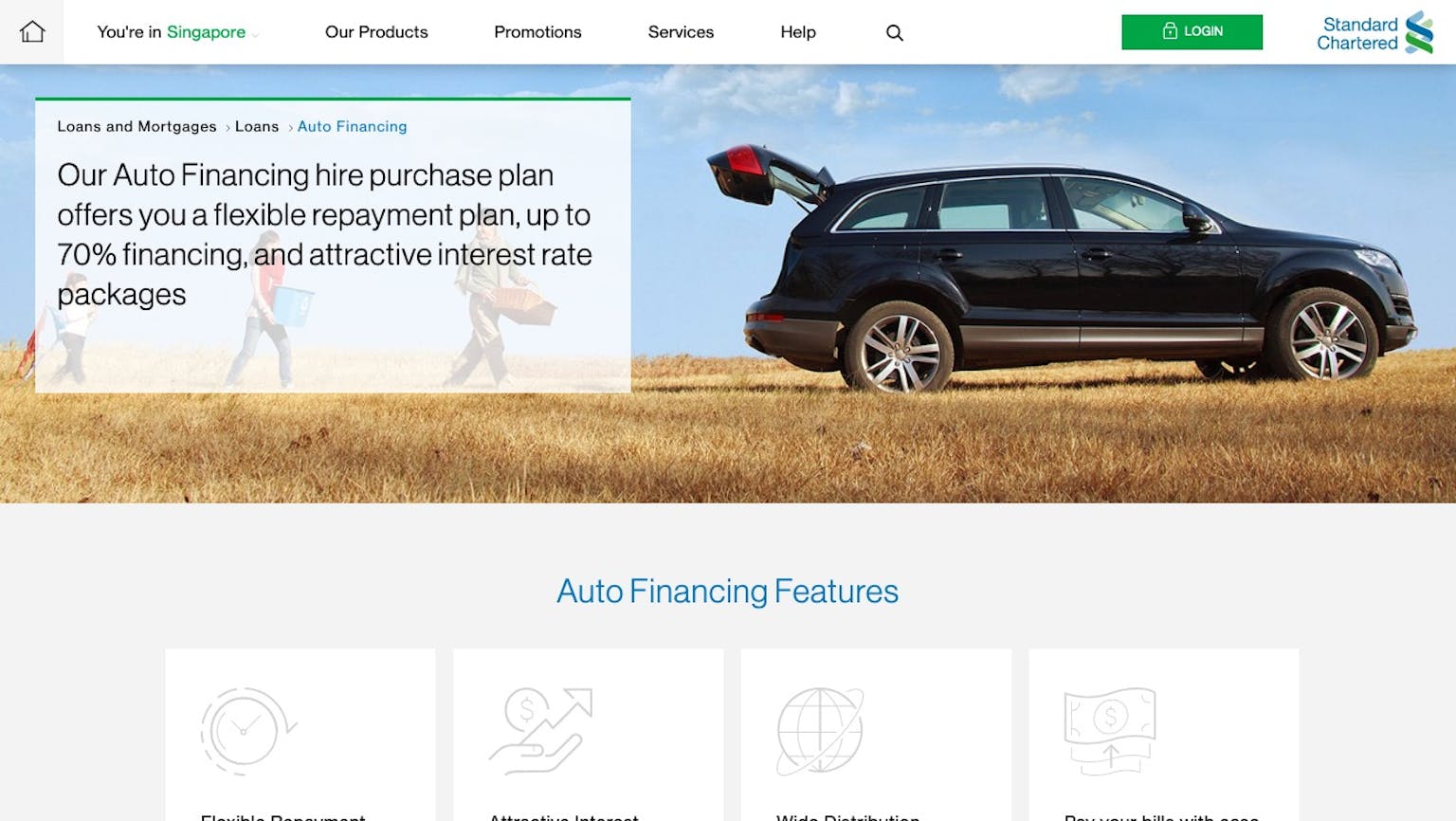
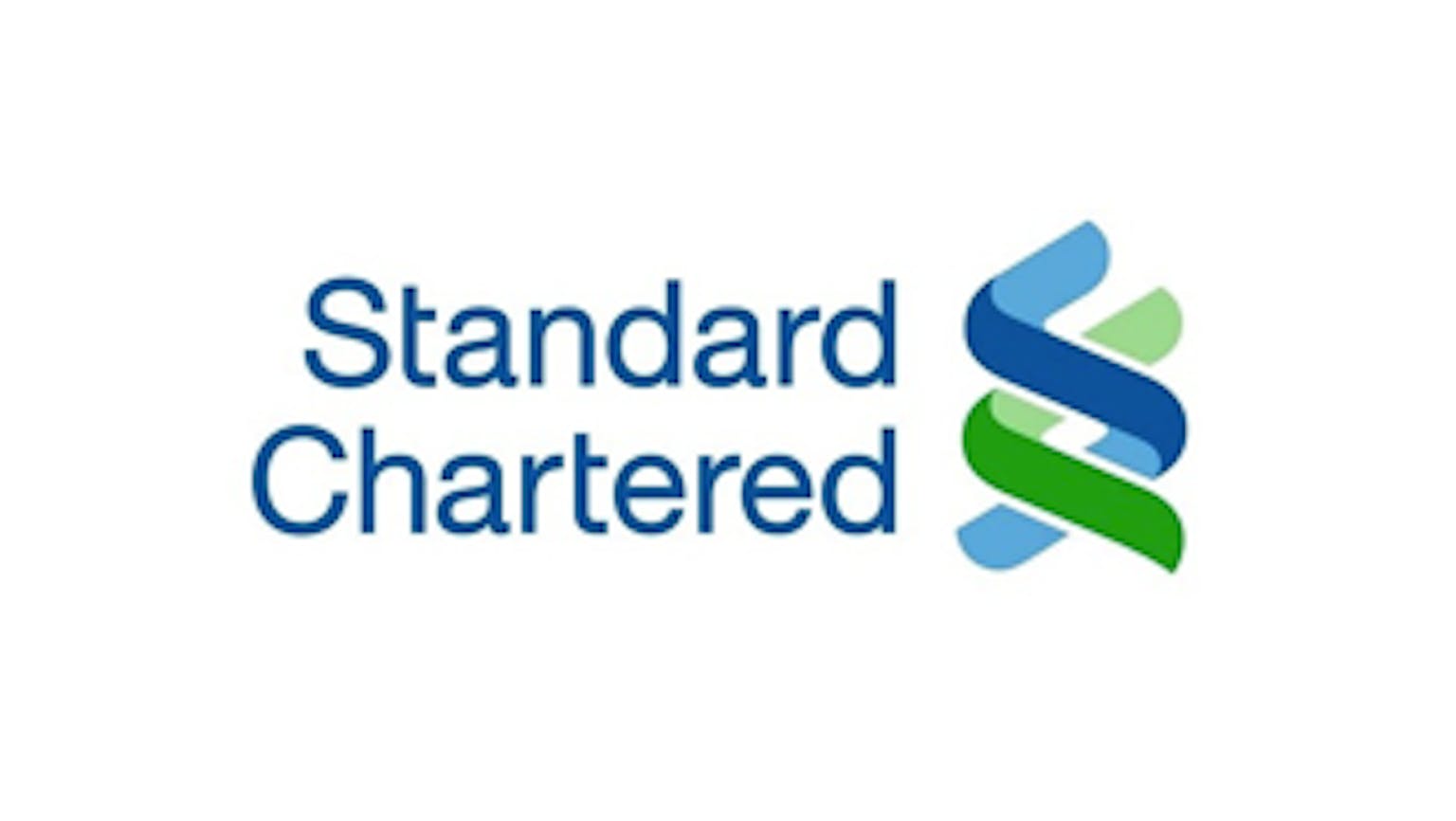
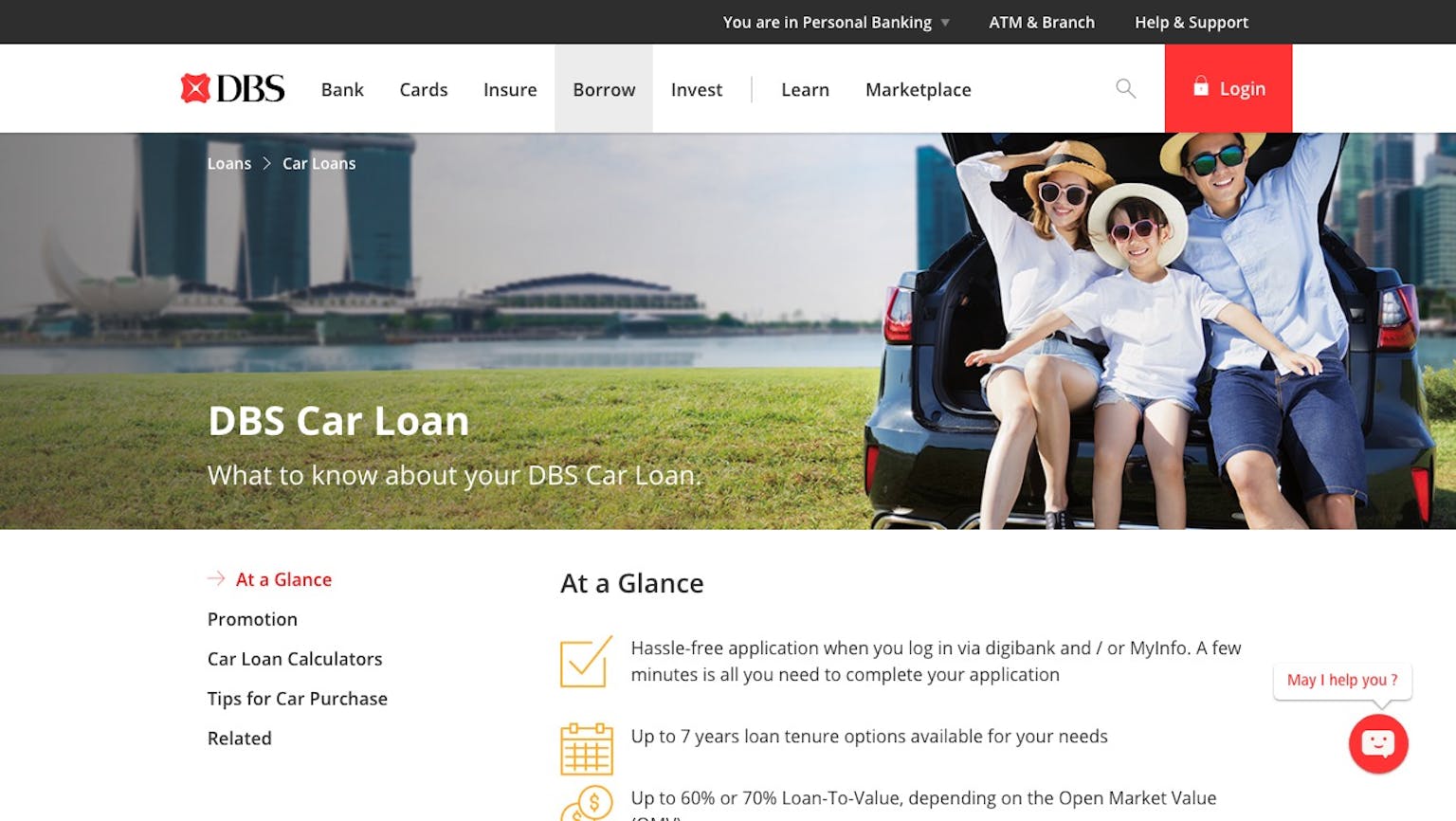
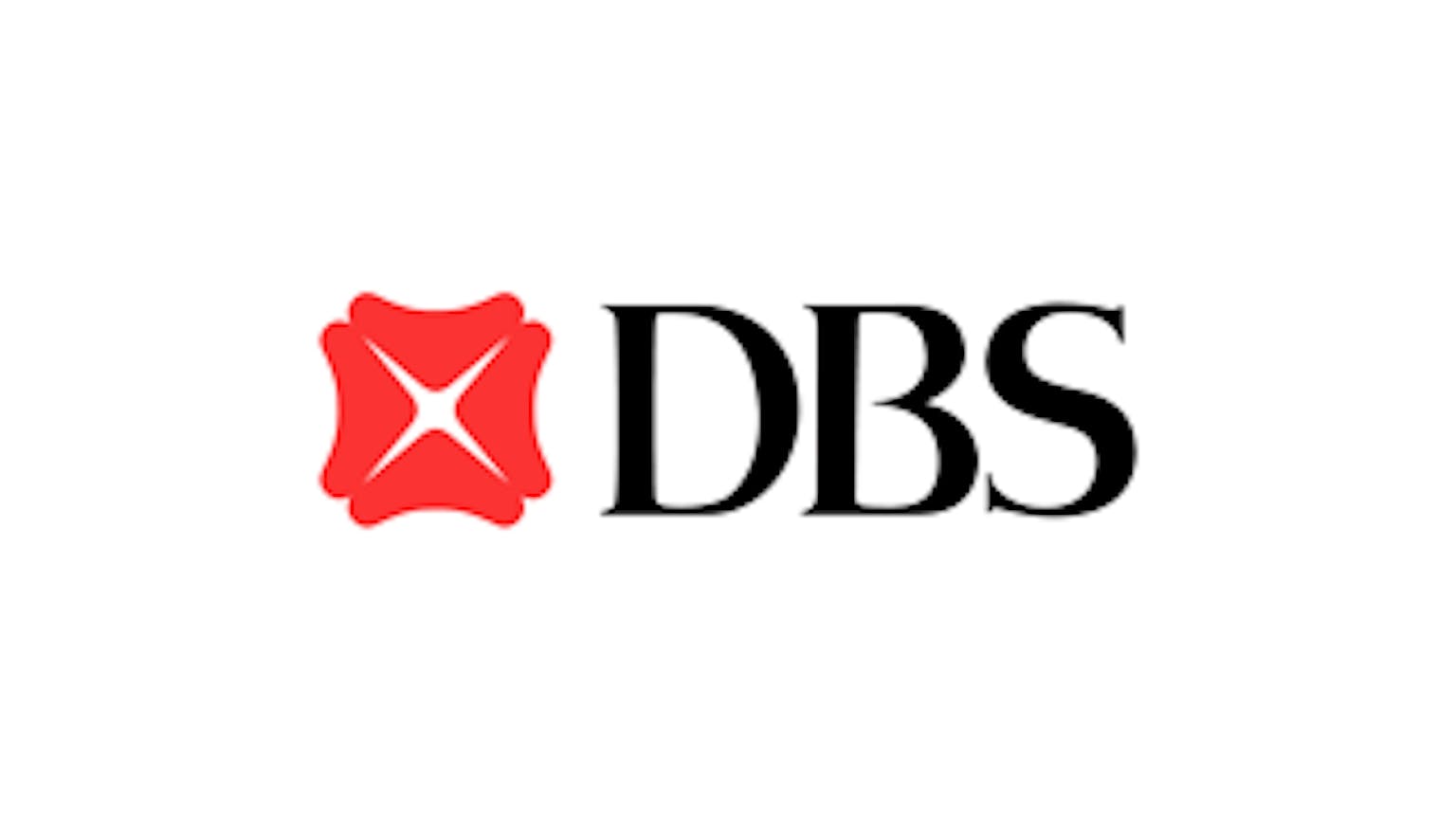
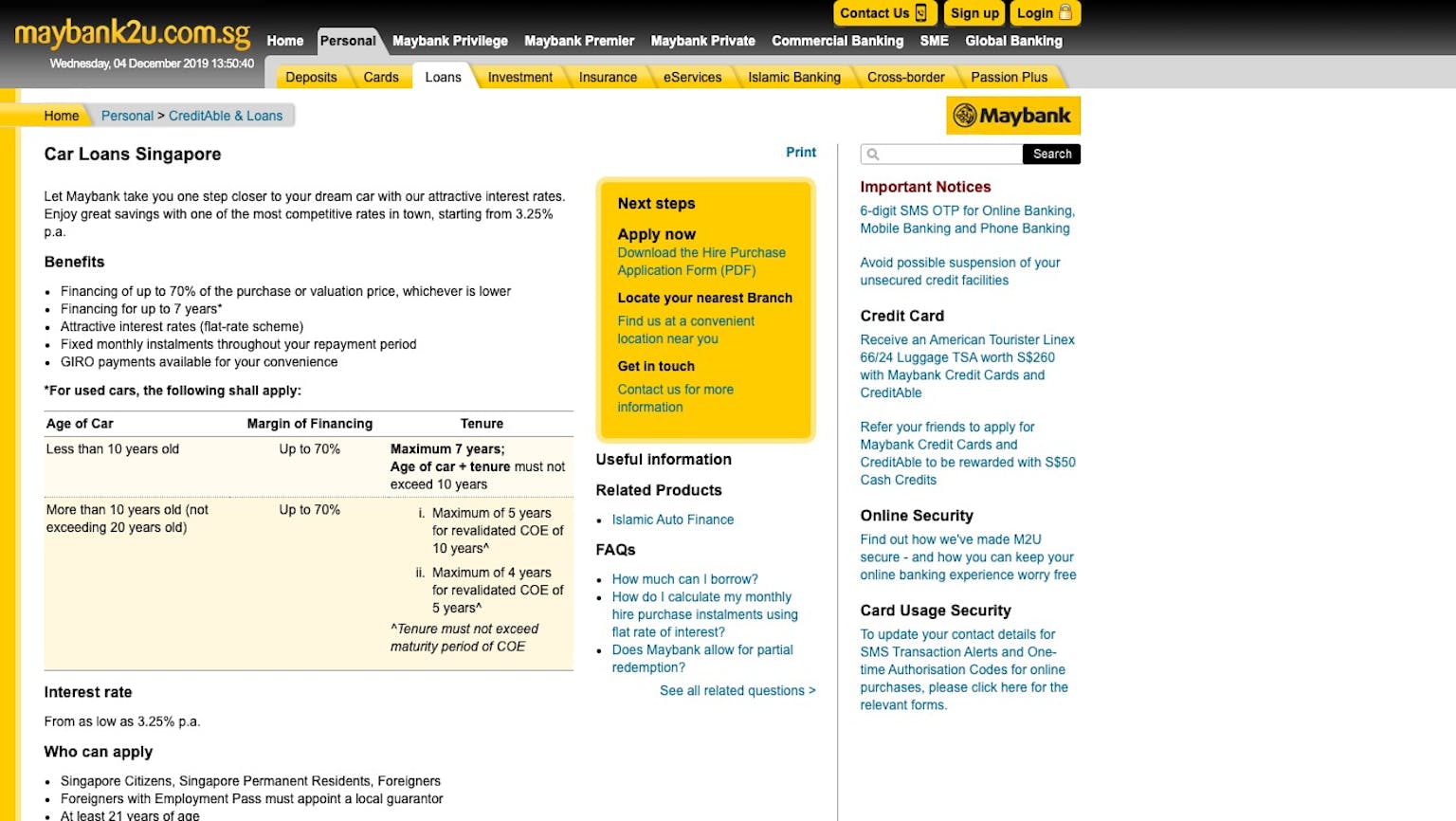


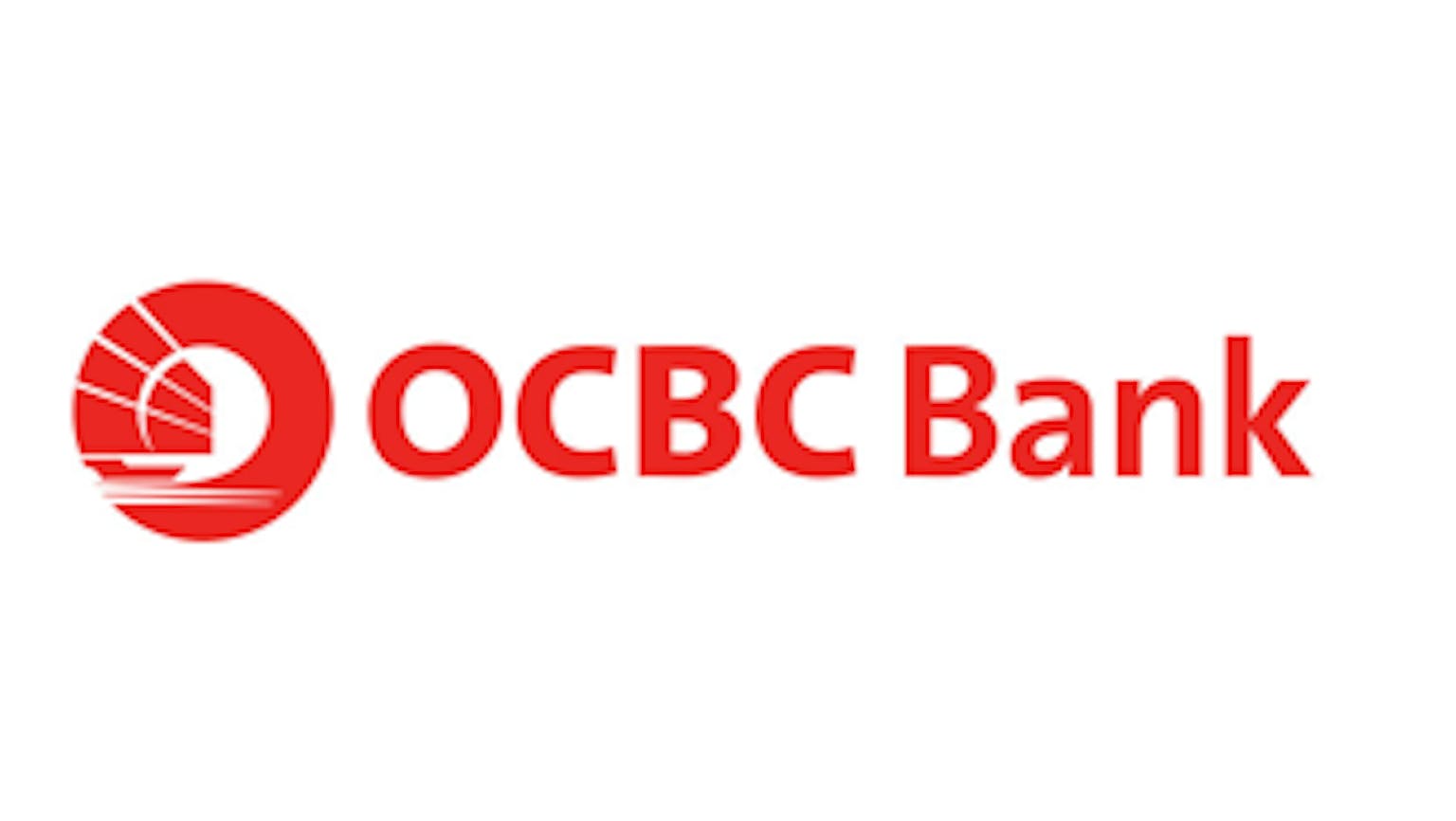
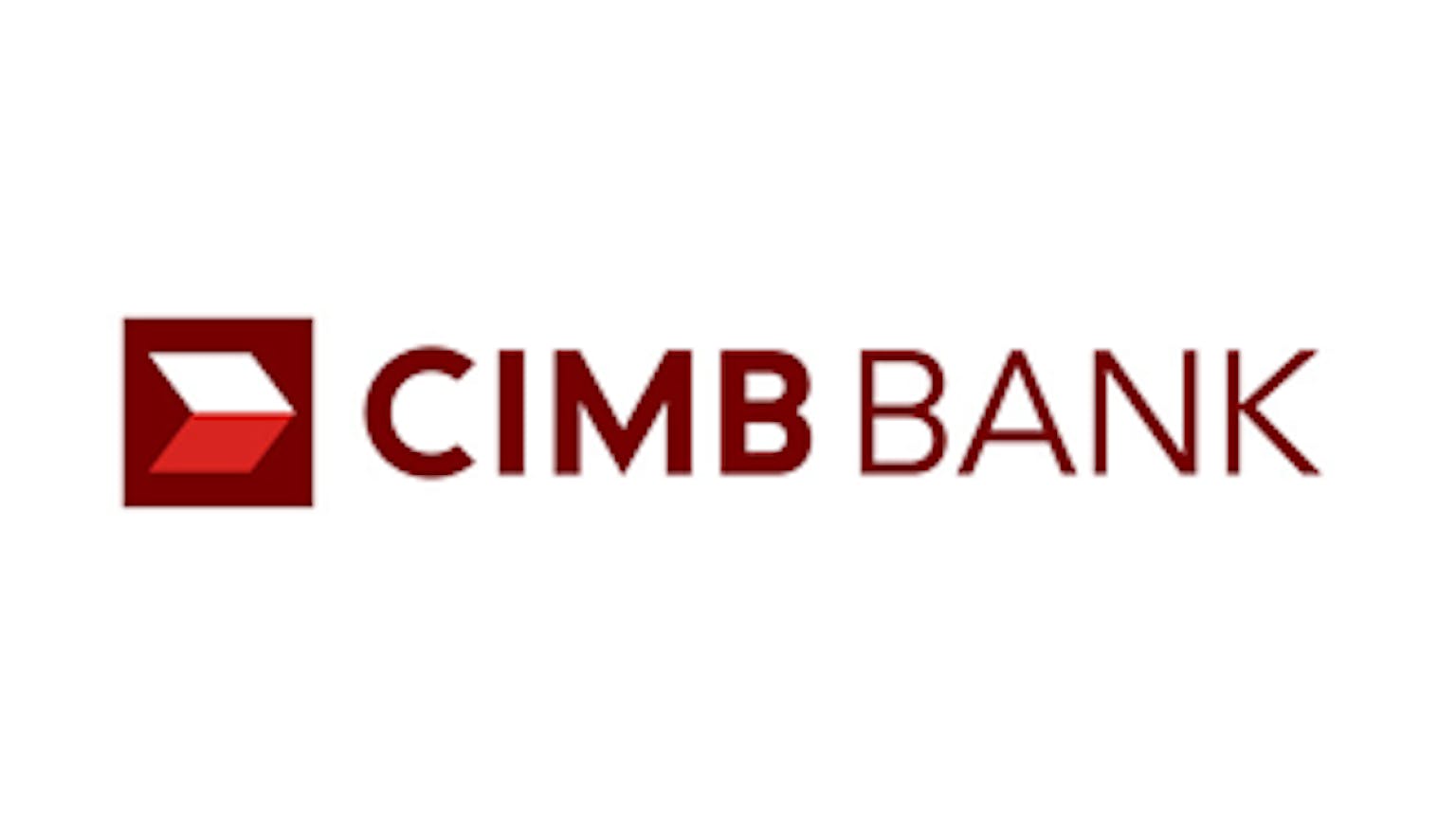

Please leave your knowledge and opinion!